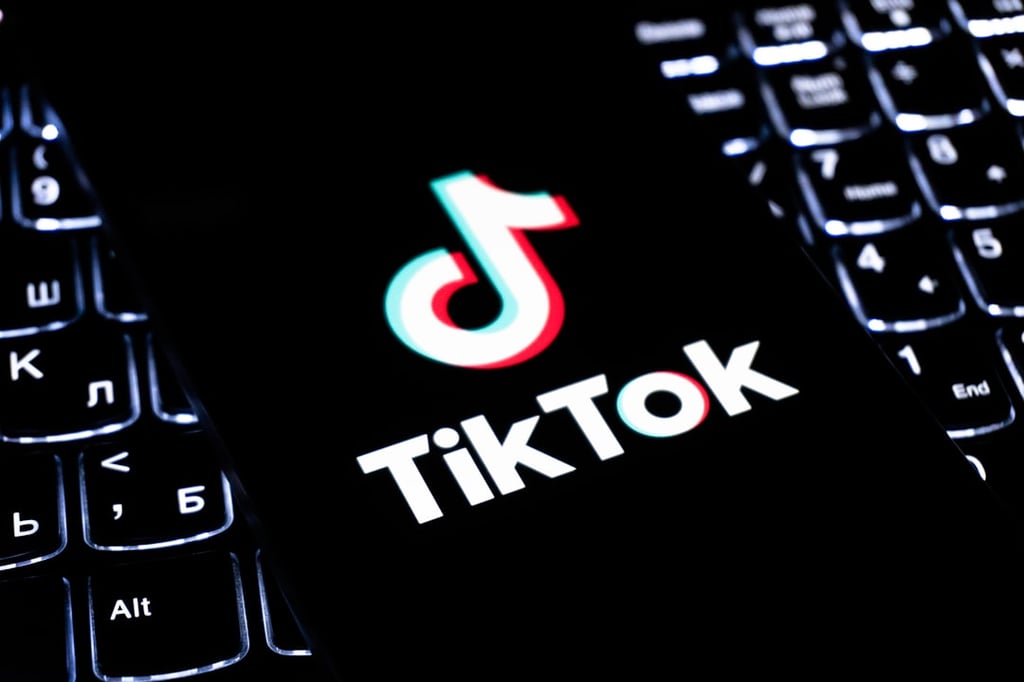NTT Data, the IT services and consulting subsidiary of Japanese telecommunications giant Nippon Telegraph and Telephone (NTT), has bigger ambitions for the healthcare Internet of Things (IoT) market than merely tracking and analyzing footsteps and heart rates. The company is using Hitoe, a wearable sensor material developed by mobile carrier NTT Docomo, and Toray Industries, […]
Datamation content and product recommendations are
editorially independent. We may make money when you click on links
to our partners.
Learn More
NTT Data, the IT services and consulting subsidiary of Japanese telecommunications giant Nippon Telegraph and Telephone (NTT), has bigger ambitions for the healthcare Internet of Things (IoT) market than merely tracking and analyzing footsteps and heart rates.
The company is using Hitoe, a wearable sensor material developed by mobile carrier NTT Docomo, and Toray Industries, a chemistry and textile company, to drive innovation in the healthcare IoT space. On its way medical facilities, the technology and the connected health services it enables mad a pit stop in the IndyCar circuit.
Outfitted with a Hitoe smart shirt, NTT Data helped collect and analyze data from driver Tony Kanaan in a series of tests conducted with Chip Ganassi Racing and NTT Basic Research Laboratories. By correlating Kanaan’s heart and muscle biosignals with sensor data produced by his car, his racing team gauged the effects of high-speed turns, their g-forces, and other maneuvers, providing a richer picture of what happens to a driver’s body. In turn, those insights can be used to reduce fatigue, enhance driver endurance and help prevent injury.
NTT Data already has its sights set on other sports. Meanwhile, the company is developing a cloud-based platform that captures biosignals and video, along with a big data analytics platform that organizations can use to pump data into their health dashboards.
Sports aside, the company is exploring ways of helping healthcare organizations improve patient care and medical outcomes.
Although the material is electroconductive, Hitoe doesn’t contain metal fibers that can degrade in sweat or cause discomfort. In fact, the polymer-based material can be incorporated into wash and wear garments that can survive washing machine cycles and sports use.
Hospitals and rehabilitation centers seem like an obvious target for the technology, but Adam Nelson, COO of Healthcare and Life Sciences at NTT Data Services, told Datamation “big pharma” is also a suitable candidate. Pharmaceutical companies “want to collect real-word data from patients” to capture more detailed information of a drug’s effects on the human body, he explained. “They are just as incented to have good, accurate real-time data as your clinician.”
In the future, Nelson envisions that technologies like Hitoe, along with the IoT services that give them their smarts, will transform how patients are treated.
After cardiac events, for example, patients may no longer need to strap uncomfortable monitoring equipment onto their bodies or undergo costly procedures to have a sensor implanted, he said. Instead, they can slip on a washable Hitoe undershirt and plug in a compact transmitter.
NTT Data is already moving in that direction. The company has teamed with the Chinese Academy of Sciences on using Hitoe to remotely monitor the health of elderly people.
And there’s a good chance that Nelson and his team’s efforts will be rewarded. Earlier last year, Grand View Research forecast that the healthcare IoT market will balloon to $410 billion by 2022, up from $58.4 billion in 2014.
Pedro Hernandez is a contributing editor at Datamation. Follow him on Twitter @ecoINSITE.
-
Huawei’s AI Update: Things Are Moving Faster Than We Think
FEATURE | By Rob Enderle,
December 04, 2020
-
Keeping Machine Learning Algorithms Honest in the ‘Ethics-First’ Era
ARTIFICIAL INTELLIGENCE | By Guest Author,
November 18, 2020
-
Key Trends in Chatbots and RPA
FEATURE | By Guest Author,
November 10, 2020
-
Top 10 AIOps Companies
FEATURE | By Samuel Greengard,
November 05, 2020
-
What is Text Analysis?
ARTIFICIAL INTELLIGENCE | By Guest Author,
November 02, 2020
-
How Intel’s Work With Autonomous Cars Could Redefine General Purpose AI
ARTIFICIAL INTELLIGENCE | By Rob Enderle,
October 29, 2020
-
Dell Technologies World: Weaving Together Human And Machine Interaction For AI And Robotics
ARTIFICIAL INTELLIGENCE | By Rob Enderle,
October 23, 2020
-
The Super Moderator, or How IBM Project Debater Could Save Social Media
FEATURE | By Rob Enderle,
October 16, 2020
-
Top 10 Chatbot Platforms
FEATURE | By Cynthia Harvey,
October 07, 2020
-
Finding a Career Path in AI
ARTIFICIAL INTELLIGENCE | By Guest Author,
October 05, 2020
-
CIOs Discuss the Promise of AI and Data Science
FEATURE | By Guest Author,
September 25, 2020
-
Microsoft Is Building An AI Product That Could Predict The Future
FEATURE | By Rob Enderle,
September 25, 2020
-
Top 10 Machine Learning Companies 2020
FEATURE | By Cynthia Harvey,
September 22, 2020
-
NVIDIA and ARM: Massively Changing The AI Landscape
ARTIFICIAL INTELLIGENCE | By Rob Enderle,
September 18, 2020
-
Continuous Intelligence: Expert Discussion [Video and Podcast]
ARTIFICIAL INTELLIGENCE | By James Maguire,
September 14, 2020
-
Artificial Intelligence: Governance and Ethics [Video]
ARTIFICIAL INTELLIGENCE | By James Maguire,
September 13, 2020
-
IBM Watson At The US Open: Showcasing The Power Of A Mature Enterprise-Class AI
FEATURE | By Rob Enderle,
September 11, 2020
-
Artificial Intelligence: Perception vs. Reality
FEATURE | By James Maguire,
September 09, 2020
-
Anticipating The Coming Wave Of AI Enhanced PCs
FEATURE | By Rob Enderle,
September 05, 2020
-
The Critical Nature Of IBM’s NLP (Natural Language Processing) Effort
ARTIFICIAL INTELLIGENCE | By Rob Enderle,
August 14, 2020
SEE ALL
ARTICLES









